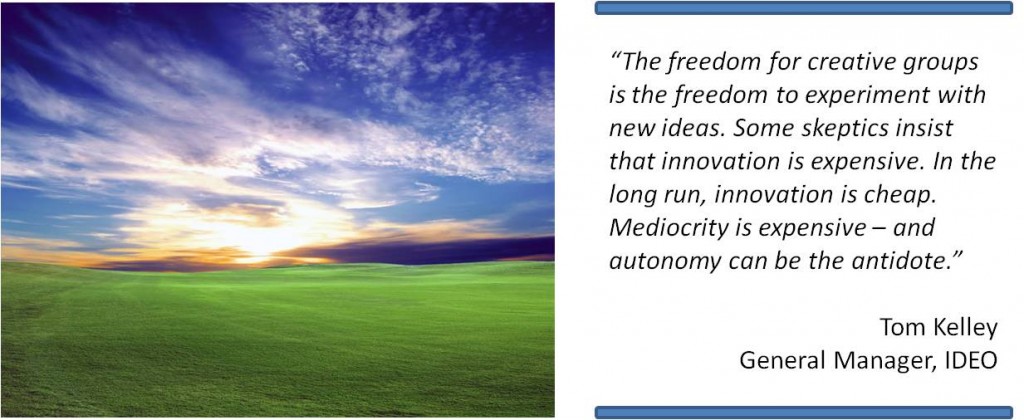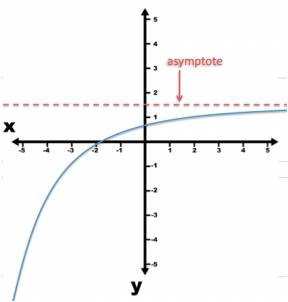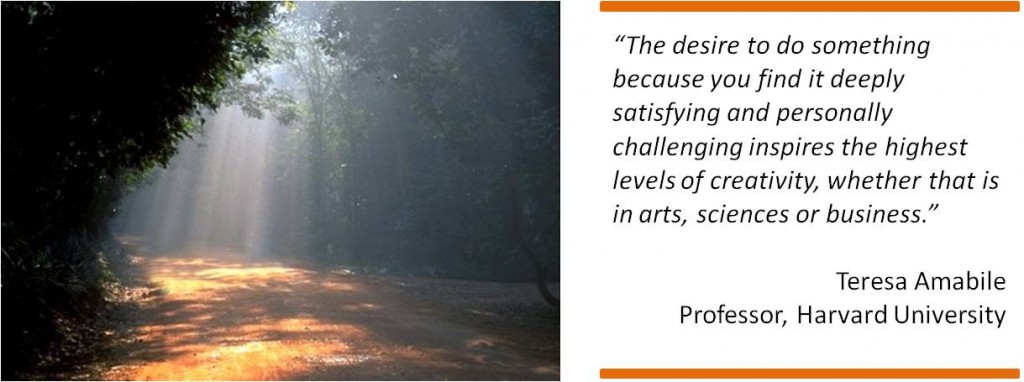I recently read Daniel Pink’s book, DRiVE.
The most compelling idea for me was what Daniel called Type I Behavior: “Type I Behavior is geared more by the intrinsic desires than the extrinsic ones. It concerns itself less with the external rewards to which an activity leads and more with the intrinsic satisfaction of the activity itself.”
You don’t have to lose focus on business goals of revenue targets, or profitability. It’s just that the way you motivate yourself and the team is different.
The book developed three key elements of this Type I Behavior:
- Autonomy
- Mastery and
- Purpose
It made me examine everything I do in life as a business partner, as a father, and as a passionate coach teaching 12-17 year olds communication and personal leadership skills.
What does Type I Behavior mean to me today’s business world? Read on.
First Element – Autonomy
DRiVE drove home a point I have observed for years, yet never quite fleshed out: People are motivated when they feel they have the control and space to make their own decisions. The quality of results is the best when they are working on a project because they enjoy it. A connection with their inner voice, inspiration, and fire and desire from within are much stronger motivators than external factors such as money, fame, recognition, et cetera.
Picasso didn’t create paintings because he wanted to be famous. He simply enjoyed his art so much he put all his heart and talent into the process of painting – that made his paintings profound.
Daniel’s example of Google is very revealing, too. Google’s gives employees freedom to use 20% of their time (one day a week) working on projects and experiments of their choice. This has led to a number of innovative products. The employees loved the space, control, and autonomy they were given and used it for investing in what they were passionate about.
I also recently read Walter Issacson’s biography of Steve Jobs. What struck me the most was Steve’s drive and fire to focus on what he enjoyed. I believe that played a vital role in his success.
What are some practical ideas for making these broad ideas fit into your business world?
- Focus on customer empowerment. Solve a problem; create a solution that allows them to be in the driver’s seat.
- Cater to the customer’s process, comfort, and experience. While designing a building, for example, keep in mind of how it will make the end user more comfortable. Architects enjoy the process of design; it’s critical to their creativity and success. Focus on enabling that.
- Change management. While trying to implement changes, understand what the people involved would love to do. Tie into team members’ individual interest and challenges. Adopting digital marketing, for example, is much easier when customers have the control to see/access things when they want to; employees get excited about it when they see how it reduces work interruptions and service phone calls; sales force adopts CRM (Customer Relationship Management) when they realize how it helps them focus on what they like the most, like interacting with prospects more meaningfully.
Second Element – Mastery
Daniel brought up valuable insights about the notion of mastery:
- Mastery is a mind-set. You need a belief that you can be an expert.
- Mastery is a pain. Mastery is a continuous process – not a one-time tick mark. Do the small things right and keep it moving ever so slowly on a bad day.
- Mastery is an asymptote. You strive for perfection. You can approach it. You never quite reach it. The process of striving has enough intrigue to keep us doing better.
My friends who play golf tell me the sport provides many opportunities to keep striving for better and better results; players get excited about this, going back to golf over and over again in lieu of other, easier sports.
I have also read stories of U.S. Navy SEAL training. Those who complete the training successfully aren’t necessarily the most athletic types , or the ones who had the best physical tools. Instead, they are people who were goal oriented, had patience for adapting to the training, and had long term perspective. These factors helped them keep trying, doing small things on the hardest and the slowest days.
Where do you find the energy and drive to commit to this commitment of mastery? You must have a vision that connects with your core – deep down within yourself. Something that ignites the fire and feeds the passion.
Where can we use these ideas in the business world?
- Focus on the data. Interpret it to capture insights that offer opportunities for continuous refinement.
- Never stop understanding the customer.
- Design and implement technology tools and processes that make basic and daily “tackling” and “blocking” part of the system and culture. Following through on sales leads is one example. The most successful sales people I know have discipline for doing small things right – for example, making follow up calls, answering questions, and tuning in with prospect’s schedule and needs. A CRM system tailored to make it easier for sales people, and then a structure and support to coach them into using it consistently, makes getting though the pain a routine.
Third Element – Purpose
“The first two legs of the Type I tripod, autonomy and mastery, are essential. But, for proper balance we need a third leg – purpose, which provides a context to the other two mates. Autonomous people working towards mastery perform at very high levels. But those that do so in service of a greater objective can achieve even more. The most deeply motivated people – not to mention those who are most productive and satisfied – hitch their desires to a cause larger than themselves.” – Daniel Pink
I have seen companies passionately focused on sustainability that could make difference in the big picture on Mother Earth – our whole ecosystem.
I am seeing more and more companies in the construction and architecture industries focus on collaboration to cut down on the wasting of resources, provide more efficient use of time and materials, and create innovations.
What struck me the most is that the ideas seemed so intuitive and close to the heart when I thought about it.
The simple insights can have a profound effect on a business – work can become fun, and innovative ideas can spring up easily, team morale can be sustained at very high level with the right incentives.
__________________________________________________________







Questions or Comments?